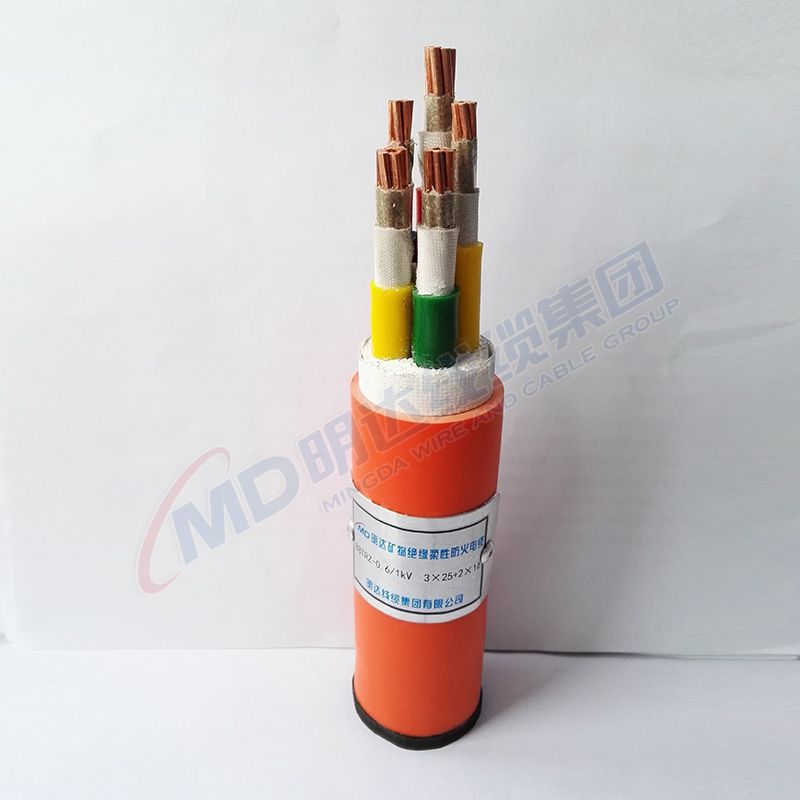నవం . 13, 2024 18:55 Back to list
rubber expansion joint
The Importance of Rubber Expansion Joints in Modern Engineering
Rubber expansion joints are integral components used in various engineering applications, particularly in piping and ducting systems. They are designed to absorb movements caused by thermal expansion, contraction, vibration, and misalignment. This article delves into the key attributes, benefits, and applications of rubber expansion joints, demonstrating their significance in modern engineering solutions.
Understanding Rubber Expansion Joints
Rubber expansion joints, often referred to as flexible connectors or bellows, are typically made of elastomeric materials such as natural rubber, neoprene, EPDM, and silicone. Their construction allows them to flex and compress, which accommodates changes in the length of the connected piping systems due to temperature variations. These joints can also mitigate the impact of vibrations generated by machinery or fluid flow, thereby protecting the integrity of connected components.
Key Attributes
1. Flexibility The primary feature of rubber expansion joints is their flexibility. They can flex in multiple directions, allowing for the accommodation of lateral, angular, and axial movements. This feature is crucial in preventing stress on rigid piping systems.
2. Vibration Dampening Machinery and fluid dynamics can cause vibrations that may lead to premature wear and tear of piping systems. Rubber expansion joints are excellent at absorbing these vibrations, thus prolonging the life of the entire system.
3. Corrosion Resistance Many rubber compounds offer excellent resistance to various chemicals, making them suitable for use in environments that involve aggressive fluids. This resistance extends the lifespan of both the joint and the piping system.
4. Temperature Tolerance Rubber expansion joints are engineered to withstand a wide range of temperatures. Depending on the material, they can function effectively in both low and high-temperature environments, making them versatile for different applications.
5. Ease of Installation Compared to metal joints, rubber expansion joints are generally lighter and simpler to install. This ease of installation can reduce labor costs and downtime during system assembly.
Benefits of Rubber Expansion Joints
rubber expansion joint

The use of rubber expansion joints brings numerous benefits to engineering systems
- Reduced Maintenance Costs By absorbing vibrations and movements, rubber expansion joints minimize the risk of damage to rigid pipe systems, thereby reducing maintenance and repair costs.
- Enhanced System Reliability The presence of flexible joints in a piping system enhances its overall reliability. Systems employing rubber expansion joints are less prone to leaks and failures, ensuring smooth operations.
- Noise Reduction The vibration dampening properties of rubber joints also contribute to noise reduction in fluid transport systems. This is particularly beneficial in residential and urban areas where noise pollution can be an issue.
- Compensating for Misalignments In large-scale piping systems, misalignments can frequently occur. Rubber expansion joints help correct these misalignments, thus preventing undue stress on the piping system.
Applications
Rubber expansion joints are widely used across various industries. In the chemical processing industry, they efficiently accommodate thermal expansions while resisting corrosive fluids. In HVAC systems, they facilitate the movement of air while reducing noise and vibrations. Water and wastewater treatment plants also utilize rubber expansion joints to manage variable conditions and ensure system integrity.
Furthermore, these joints can be found in power plants, refineries, and even in residential plumbing systems. Their versatility and adaptability make them a staple in many engineering applications.
Conclusion
In conclusion, rubber expansion joints play a critical role in ensuring the stability, reliability, and longevity of modern engineering systems. Their unique properties of flexibility, vibration dampening, and corrosion resistance make them an essential component in various applications. With the increasing complexity of engineering challenges in contemporary infrastructure, the significance of rubber expansion joints will only continue to grow. As industries strive for efficiency and sustainability, these components will remain pivotal in achieving those goals, demonstrating their lasting impact on engineering practices.
Share
-
Reliable Wafer Type Butterfly Valves for Every IndustryNewsJul.25,2025
-
Reliable Flow Control Begins with the Right Ball Check ValveNewsJul.25,2025
-
Precision Flow Control Starts with Quality ValvesNewsJul.25,2025
-
Industrial Flow Control ReliabilityNewsJul.25,2025
-
Engineered for Efficiency Gate Valves That Power Industrial PerformanceNewsJul.25,2025
-
Empowering Infrastructure Through Quality ManufacturingNewsJul.25,2025